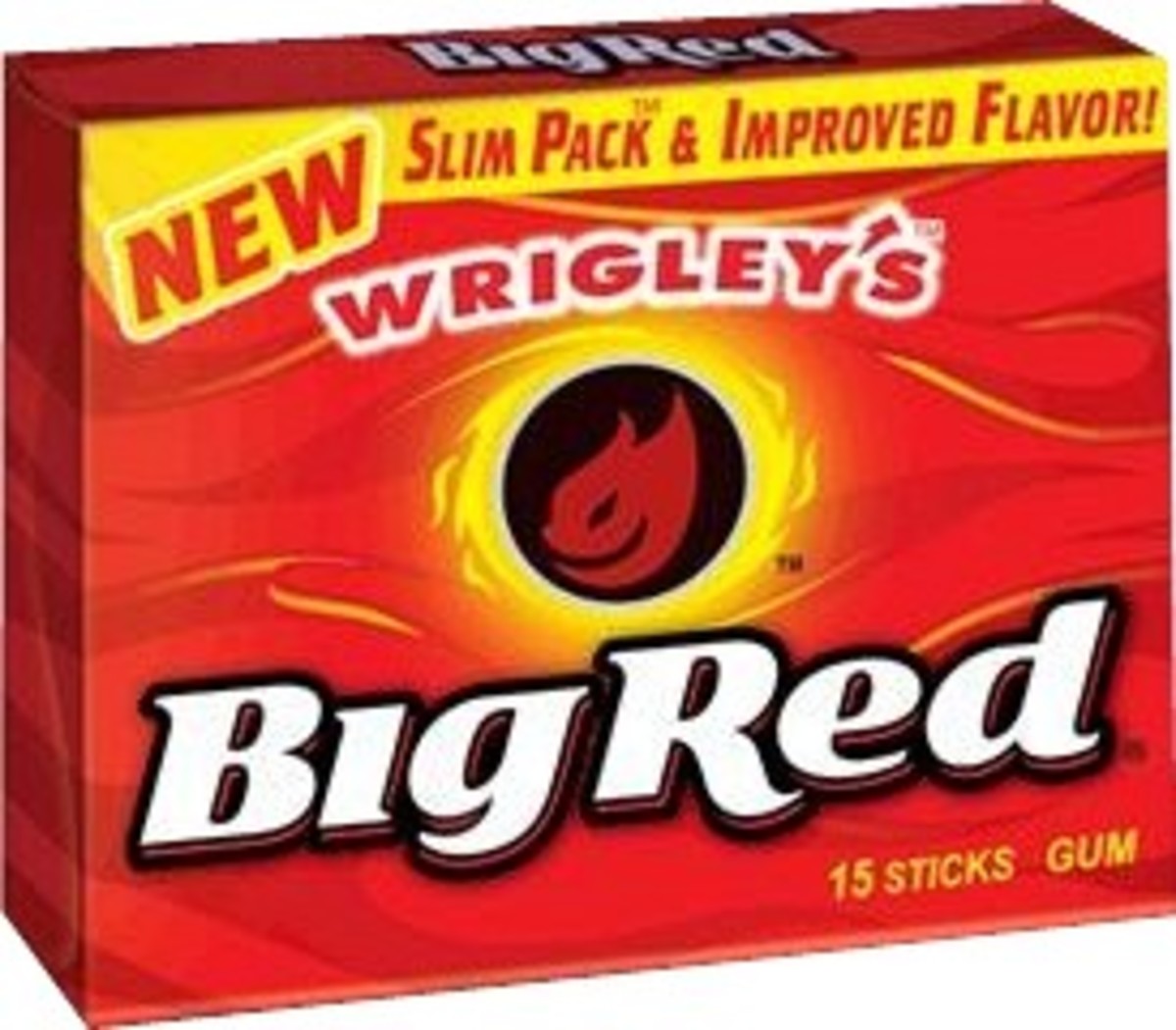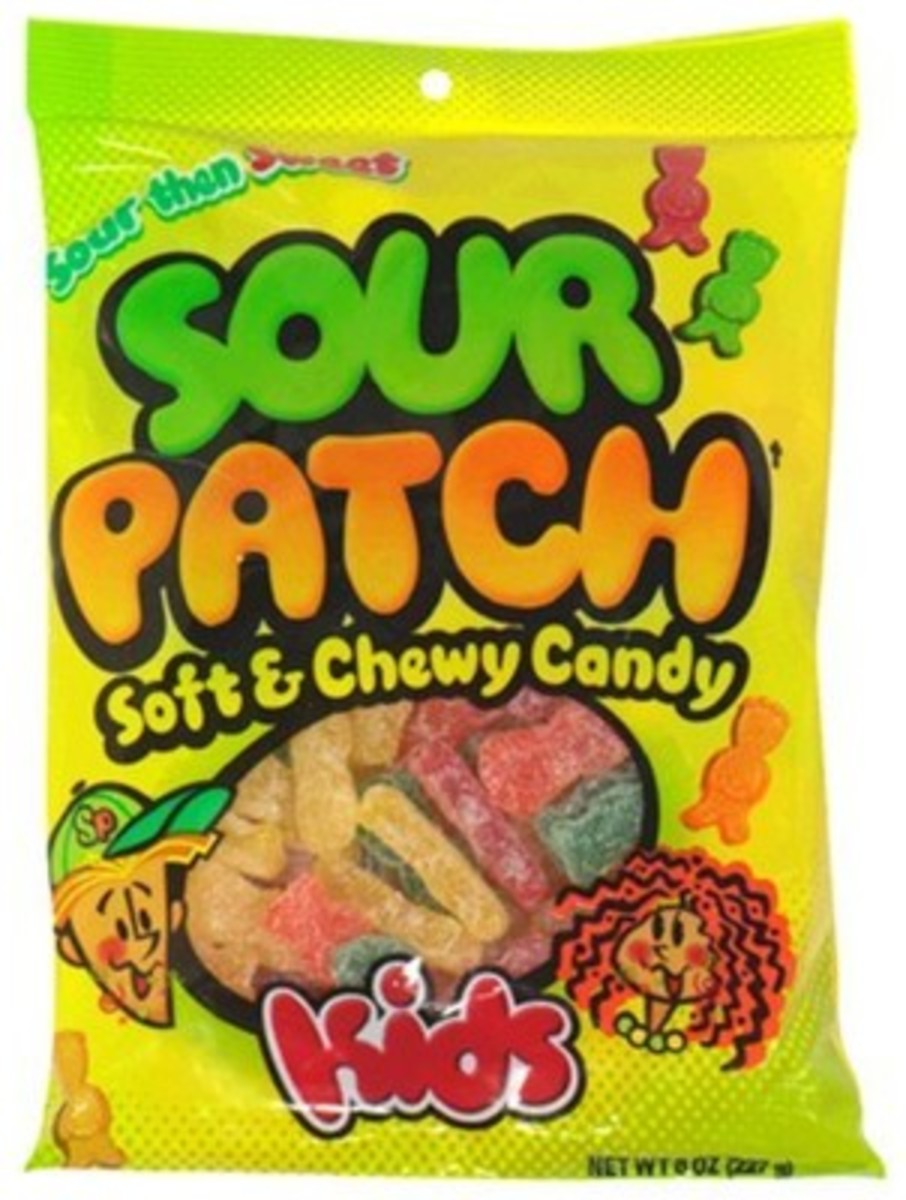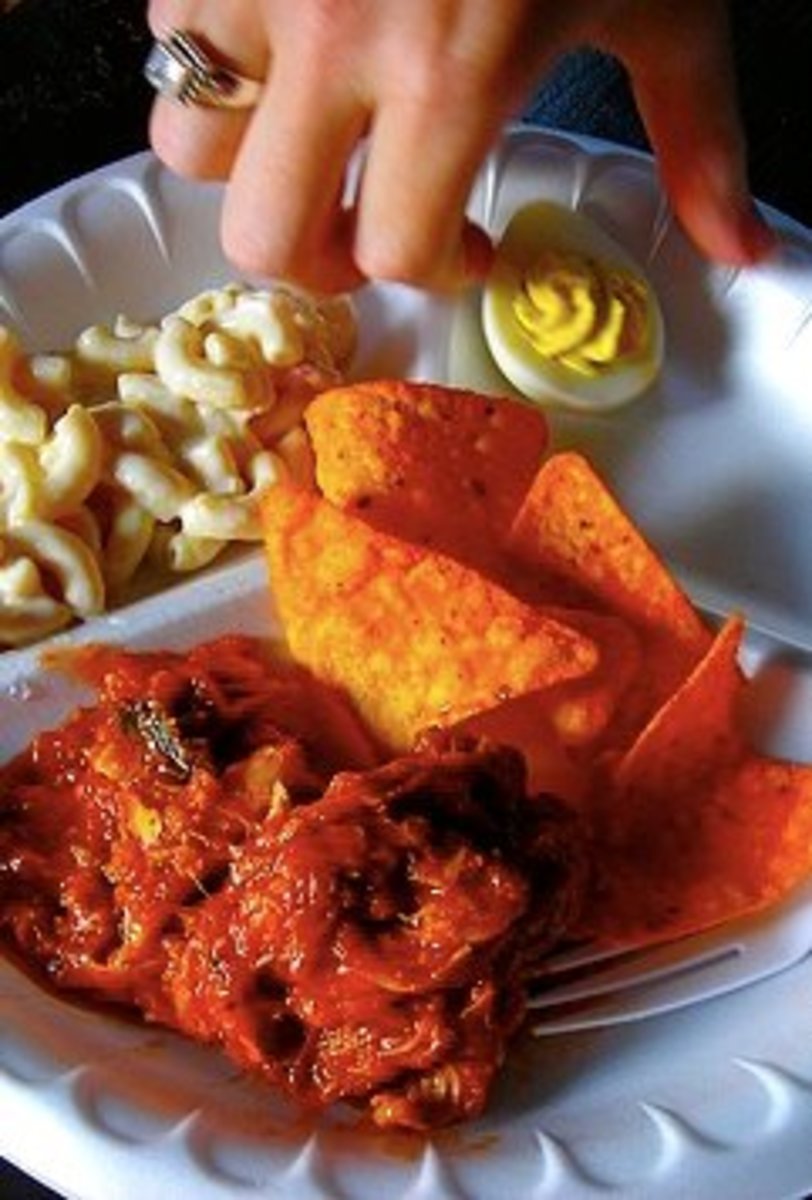Watch Out For Additives
The Better Choice

Food Additives and Intervention
Food Additives can be natural or artificial in origin. In the USA, the concern about food safety led to the adoption of the Delaney Clause, an amendment to the Federal Food, Drug, and Cosmetic Act of 1938, stating that no carcinogenic substances may be used as food additives. However, after the banning of cyclamates in the USA and Britain in 1969, Saccharin, the only remaining legal artificial sweetener at the time and was found to cause cancer in rats. Widespread public outcry in the USA, partly communicated to Congress by postage-paid postcards about Saccharin that was beingsupplied in the packaging of sweetened soft drinks, led to the retention of saccharin despite its violation of the Delaney clause.
In the movie, “Conspiracy Theory,” actor Mel Gibson remarked, “Yeah, they put Fluoride in the Water” as a joke. But, fluoride is a poison and they really do put it in the water. Why? Because they tell us that fluoride helps prevent cavities. "Water fluoridation is the controlled addition of fluoride to a public water supply to 'reduce tooth decay.' Fluoridated water has fluoride at a level that is effective for preventing cavities; this can occur naturally or by adding fluoride." The US Department of Health makes companies put certain chemicals in the water that makes up 90% of our body mass. The U.S. Centers for Disease Control listed water fluoridation as one of the ten great public health achievements of the 20th century. http://en.wikipedia.org/wiki/Water_fluoridation
Toxin concern in the water was such an issue for the electorate in the State of California, that the Government Officials Passed Proposition 65: Safe Drinking Water and Toxic Enforcement Act of 1986 found at http://www.oehha.org/prop65/background/p65plain.html This is an important step in the right direction for those wanting Safety for their families. Proposition 65 requires businesses to notify Californian consumers when significant amounts of chemicals are in the products they purchase. Proposition 65 gives Californians informed choice decisions to protect themselves from exposure. ” Proposition 65 also prohibits California businesses from knowingly discharging significant amounts of listed chemicals into sources of drinking water.” They established the Office of Environmental Health Hazard Assessment and have made progress in banning and changing many common household products. Because of this agency, many pots, pans, cups,and mugs carry warnings stating the potential toxic risk of using the items. Safety warnings is a beginning, but it is still an uphill battle.
The US Environmental Protection Agency is responsible for monitoring the chemicals manufactures use as pesticides in the fields where our food is growing.http://www.epa.gov/pesticides/factsheets/health_fs.htm
In reality, there is nothing much a person can do about the inclusion of pesticides on the food you eat unless you personally grow and refine your own foods. For the moment, there is no government regulation requiring the use of pesticides in home gardens. However, when the government-authorizes blanket insect sprays to "kill mosquitoes” they spray not only farms, and streams, but also residential areas with those pesticides. The pesticides get onto our cars, our homes, into our skin, and in the air we breath. They are hard to escape!
Pesticides usually found on food include: insecticides to control insects, rodenticides to control rodents, herbicides to control weeds, fungicides to control mold and fungus, and antimicrobials to control bacteria. Most Organic growers prevent insecticide sprays by putting growing crops inside protected habitats.They use lady bugs to get rid of pests. Organic growers provide a relief for those who have an allergic reaction to foods with pesticides.And if the pesticides sprayed on our food isn't bad enough, it is difficult to avoid toxins in the food we eat even if it is farm fresh, because of the spices we add to flavor the foods.
Say you went to an “Organic Specialty Store” and purchased the higher priced organic fruit and vegetables" then cooked it adding spice. A spice is a dried seed, fruit, root, bark, leaf, or vegetative substance used in nutritionally insignificant quantities as a food additive for the purpose of flavour, colour, or as a preservative that kills harmful bacteria or prevents their growth. Spices, however, are dried and often ground or grated into a powder. Small seeds, such as fennel and mustard seeds, are used both whole and in powder form. Spices have some food additive substances added to them in the container in order to preserve flavour or improve foods taste and appearance. Some additives have been used for centuries; for example, preserving food by pickling (with vinegar), salting, as with bacon, preserving sweets or using sulfur dioxide as in some wines. Some cause allergic reactions.
So what can we do? Obviously public awareness and the public outcry caused not only the Delaney Clause amendment to the Federal Food, Drug, and Cosmetic Act of 1938, but more recently the Safe Drinking Water and Toxic Enforcement Act of 1986. Both caused the government to review the practices of food processing, distribution, and food safety. This is a never ending battle and all of our lives depend upon our awareness.
Common Food Additives
Name
Description
Product Found In
Aspartame
Artificial Sweetener can cause rash, dizziness, headaches & depression
Diet Soda and Sugar Substitutes
Brominated Vegetable Oil (BOV)
Used as emulsifier & clouding agent Bromate, is a poison
Sodas
Butylated Hydroxyanisole BHA) & (BHT) Butylated Hydroxytoluene
In food packaging - slows nerve impulses, affects weight & sleep in testing
Cereal & Cheese Packages
Citrus Red Dye
Used to color oranges is a Carcinogen
Oranges - Make sure to wash Oranges before use to remove
Gluten
Used to make bread rise and provide a smooth pleasing texture, causes allergies
Breads, Cereals, & Pasta
Monosodium Glutamate (MSG)
Flavor enhances can cause allergic reactions, headaches and racing heart
Found in fast foods & packaged foods
Nitrites
Food Preservative has been linked GI Tract problems
Cured meat and wine
Sulfites
Food Preservative has been linked to 4 deaths
Dried Fruit, shrimp & Frozen Potatoes
Tertiary Butyhydroquinone E (TBHQ)
Toxic in low doses
Candy Bars, Baking Sprays & Fast Foods









